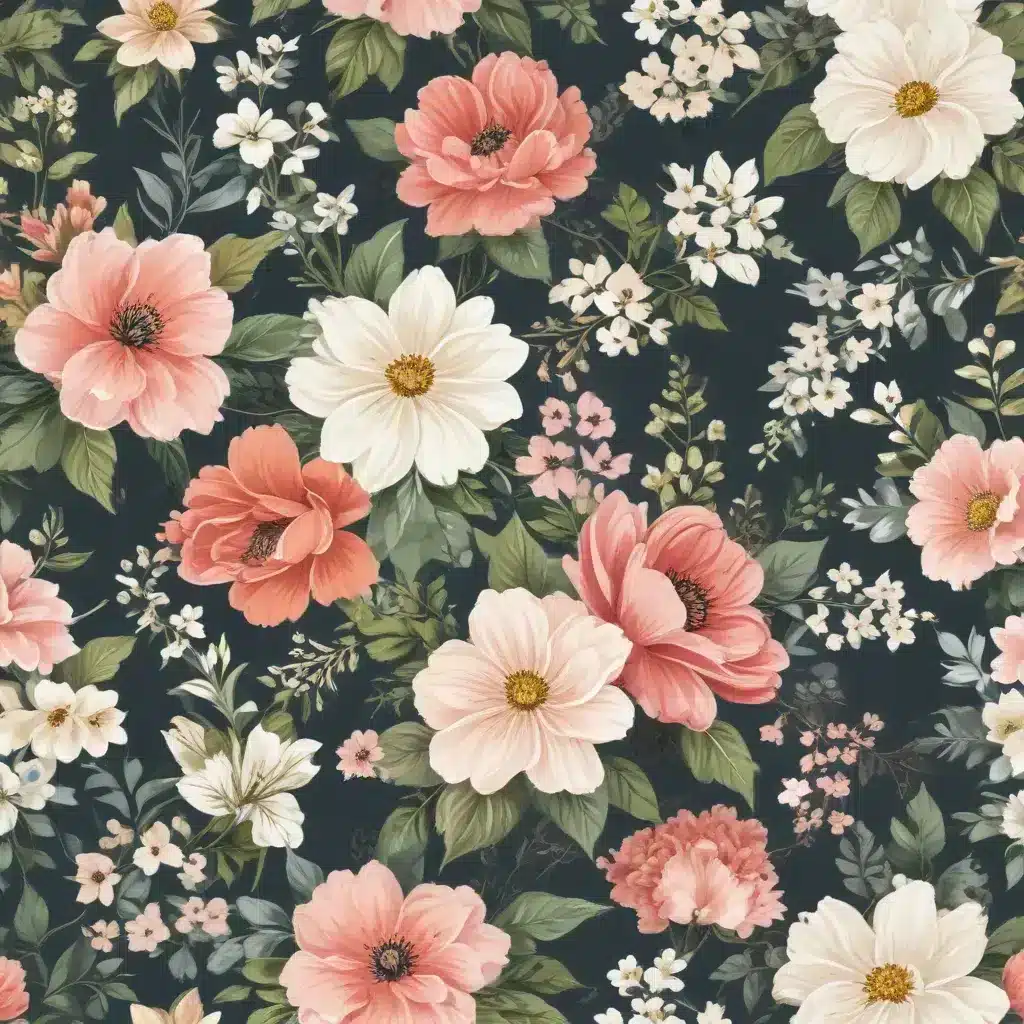Flowers Beyond the Bloom
When I think of flowers, my mind often jumps straight to the vibrant blooms of springtime. Delicate cherry blossoms, soft peonies, and sunny daffodils – these are the stars of the floral world, the ones that capture our attention and inspire us to rush out and fill our gardens.
But what about the rest of the year? While those spring bloomers may get the lion’s share of the glory, flowers have so much more to offer beyond their brief moment in the sun. If you know where to look, you can find beauty and interest in the floral kingdom all year round. You just have to shift your perspective a bit.
As photography instructor Alister Benn explains, it’s all about looking beyond the obvious. “In my photography I have a tendency to seek out order among chaos. While gardens are far less chaotic than wild nature settings, I still enjoy looking for ways to organize and simplify the subjects in front of me.”
This philosophy can apply just as well to gardening and floral design as it does to photography. Instead of just admiring the flowers, take the time to really see the plants – the shapes, the textures, the patterns. You might be surprised by what you discover.
Seeking Out the Unexpected
One of the first things Benn looks for in a garden is repetition and patterns. “If you look at subjects in terms of their abstract forms, gardens are full of repetition and patterns,” he explains. Think about a grouping of tall grasses, with their vertical stems creating a rhythmic visual. Or the intricate, lacy leaves of a yarrow plant.
By focusing on these structural elements rather than just the blooms, you can find a whole new world of floral beauty. Benn says, “Once you start looking for a subject like this, you will find more than you could possibly photograph in a single outing.”
But it’s not just about the shapes and lines – Benn also looks for plants with unique or unexpected qualities. “I look for strange plants and plants with potential for abstract interpretations,” he says. Things like the fuzzy, curling foliage of certain succulents or the dramatic, architectural forms of yuccas and ferns.
By shifting your perspective and viewing the plants as more than just their flowers, you open yourself up to a whole new realm of floral inspiration. It’s about finding the beauty in the overlooked, the unexpected, the often-unnoticed.
Embracing the Elements
Of course, one of the big challenges of working with flowers and plants is dealing with the weather. Those soft, spring blooms we love so much can be delicate and finicky, easily damaged by harsh sunlight or strong winds.
But Benn has a different approach. Rather than fighting against the elements, he embraces them. “I sometimes just feel like using a simpler, less cumbersome setup of gear,” he explains. “On these days, I try to embrace strong direct light.”
Instead of bringing along a diffuser to soften the sunlight, Benn looks for subjects that thrive in those harsher conditions. “I look for subjects that are fuzzy or translucent,” he says. “When photographing such subjects with sunlight behind them, a plant or collection of leaves can take on a glow that would not be possible with soft, even light.”
This mindset can be just as valuable in the garden and in floral design. Rather than trying to force your plants to behave a certain way, why not work with what nature is giving you? As Benn puts it, “I arrive knowing that I can work with more direct light if that is what I find.”
Seeing the Seasons
Of course, flowers and plants don’t just change with the weather – they also evolve with the seasons. And for Benn, that’s a huge part of the appeal.
“While the peak of summer is often the most productive time to visit a garden for photography, I find all other seasons to have opportunities as well,” he says. Take succulents and sedums, for example – two of Benn’s favorite subjects. In areas where they’re cold-hardy enough to grow outside year-round, these plants often take on more vibrant colors in the cooler seasons.
And it’s not just about the plants themselves. The changing seasons can also create unique visual effects. “In early spring before flower stems start growing, masses of tender leaves can create different opportunities than when a plant is full-grown in summer,” Benn explains. “And fall brings on the transformation to autumn colors, which is another opportunity to photograph your favorite plants under different conditions.”
By embracing the cycles of nature and looking for the beauty in every season, you can keep your garden and your floral designs constantly evolving and interesting. It’s about finding inspiration in the unexpected, the overlooked, the ever-changing.
Floral Versatility for Year-Round Enjoyment
So how can you apply these principles to your own garden and floral designs? The key is to start thinking outside the box – and the bloom.
Sure, those spring flowers are show-stoppers, but what else can you find in your garden or at your local flower shop? Look for plants with interesting foliage, unique textures, or dramatic forms. Pay attention to the way light and shadow play across the leaves and stems. Experiment with different arrangements and compositions.
And don’t be afraid to let the seasons guide you. Instead of just filling your custom sofas with the usual spring blooms, try mixing in some fall-blooming camellias or evergreen foliage for a look that’s fresh and unexpected. Or create a centerpiece showcasing the tender new growth of early spring, before the flowers have even arrived.
The possibilities are endless when you start to see flowers not just as fleeting beauties, but as multidimensional, year-round players in your garden and home. So step back, shift your perspective, and get ready to discover a whole new world of floral inspiration – one that extends far beyond the confines of spring.




